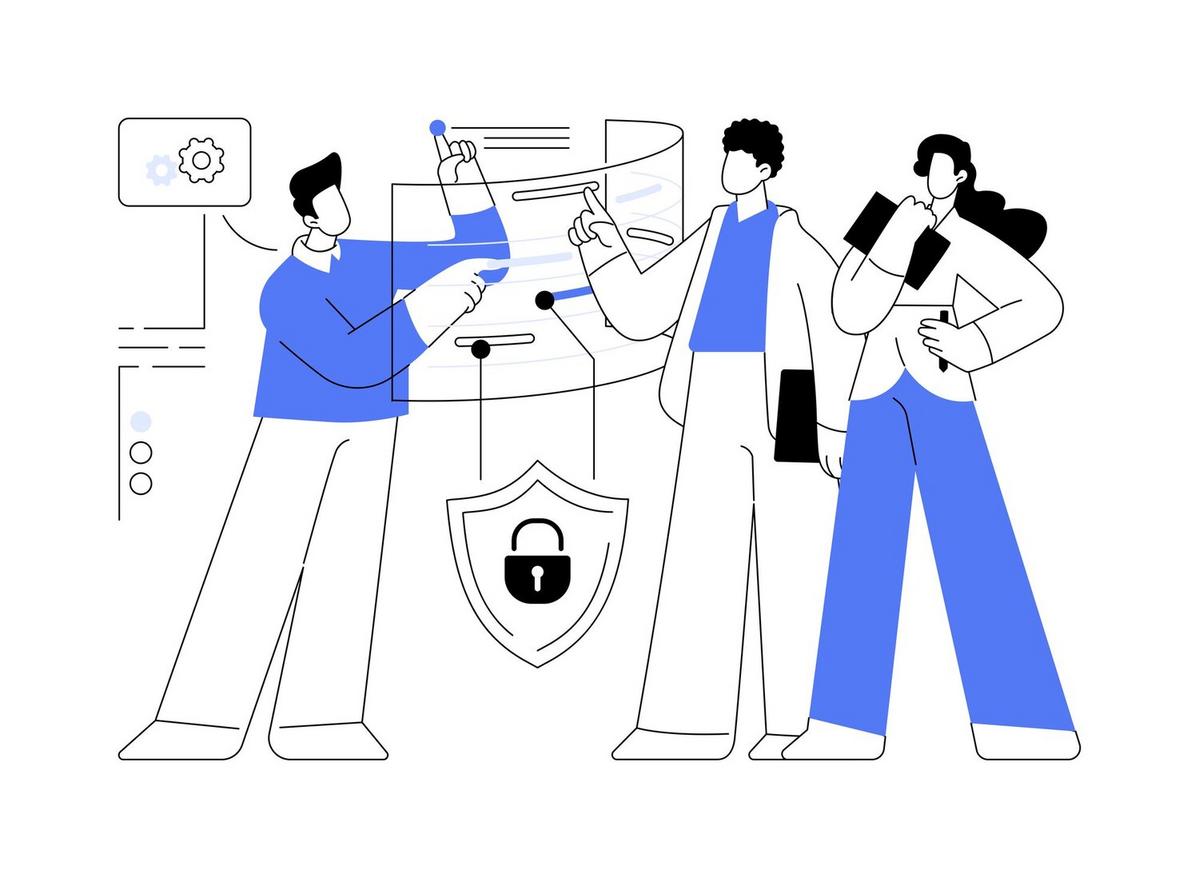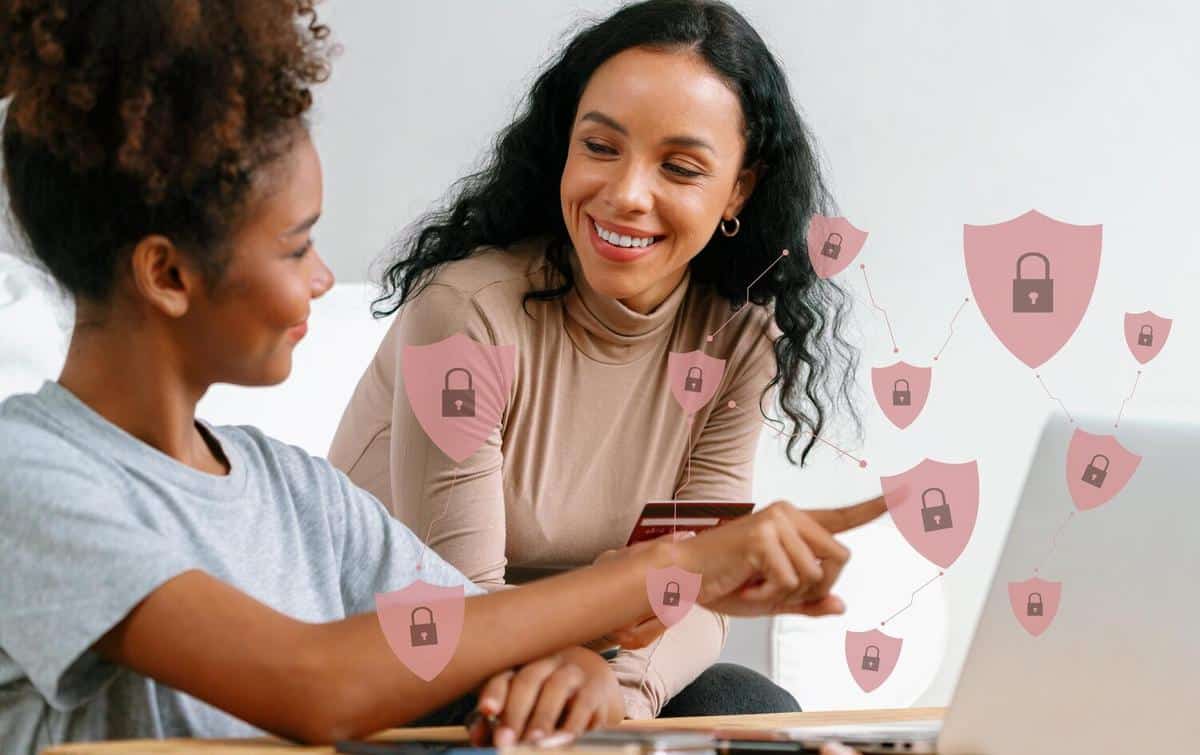
Gamification in Online Education: Engaging Students Virtually
The digital transformation of education has brought forth innovative strategies to enhance student engagement, with gamification emerging as a powerful tool in online learning environments.
Incorporating game-like elements into the educational process, gamification leverages the appeal of games to boost motivation and participation among students. This approach is not merely about adding play to education but involves the strategic application of game design principles to create more enriching and interactive learning experiences.
Understanding Gamification
Gamification in education involves the use of game mechanics such as points, badges, leaderboards, and challenges to promote learning. According to Dr. Karl Kapp, an expert in the field of instructional technology, “Gamification taps into the human desire for competition, achievement, and recognition, making learning more compelling and rewarding.”
The Impact of Gamification
Research has shown that gamification can significantly enhance student engagement. A study by the University of Colorado found that students in gamified courses performed better in skill-based assessments and retained knowledge longer compared to traditional learning methods. This suggests that integrating game elements can lead to improved educational outcomes.
Personal Experiences
Consider the example of Alex, a high school teacher who introduced a points system in his virtual classroom. He noticed a marked increase in participation as students competed to earn rewards, demonstrating how gamification can transform the learning experience.
Actionable Tips for Educators
- Start small by incorporating simple game mechanics like quizzes and badges.
- Use storytelling to create a narrative that students can follow throughout the course.
- Involve students in the design process to make the experience more personal and engaging.
Pro Tip
Utilize platforms that offer built-in gamification tools to simplify the implementation process and enhance functionality.
Comparing Traditional vs. Gamified Learning
| Aspect | Traditional Learning | Gamified Learning |
|---|---|---|
| Engagement | Passive | Active |
| Motivation | External rewards | Intrinsic and extrinsic rewards |
| Assessment | Periodic tests | Continuous feedback |
| Interaction | Limited | Interactive |
| Feedback | Delayed | Immediate |
| Flexibility | Rigid | Adaptive |
| Focus | Content-heavy | Experience-driven |
| Accessibility | Varies | High |
Further Resources
For more insights on gamification, consider exploring resources like Edutopia and Common Sense Education which provide comprehensive guides and educational tools.
FAQ
What is gamification in online education?
Gamification is the incorporation of game elements into educational environments to enhance engagement and learning outcomes.
How can gamification benefit students?
Gamification can increase motivation, provide continuous feedback, and make learning more interactive and enjoyable.
What are some examples of gamification in the classroom?
Examples include point systems, badges for achievements, leaderboards, and interactive storytelling elements.
Conclusion
Gamification offers a dynamic approach to online education, transforming traditional learning into an interactive and engaging experience. By embracing this method, educators can foster a more motivating and effective learning environment. As you explore the potential of gamification, remember to start small and gradually build a system that complements your teaching style and meets your students’ needs. Discover the transformative power of gamification and create a learning journey that captivates and educates.


